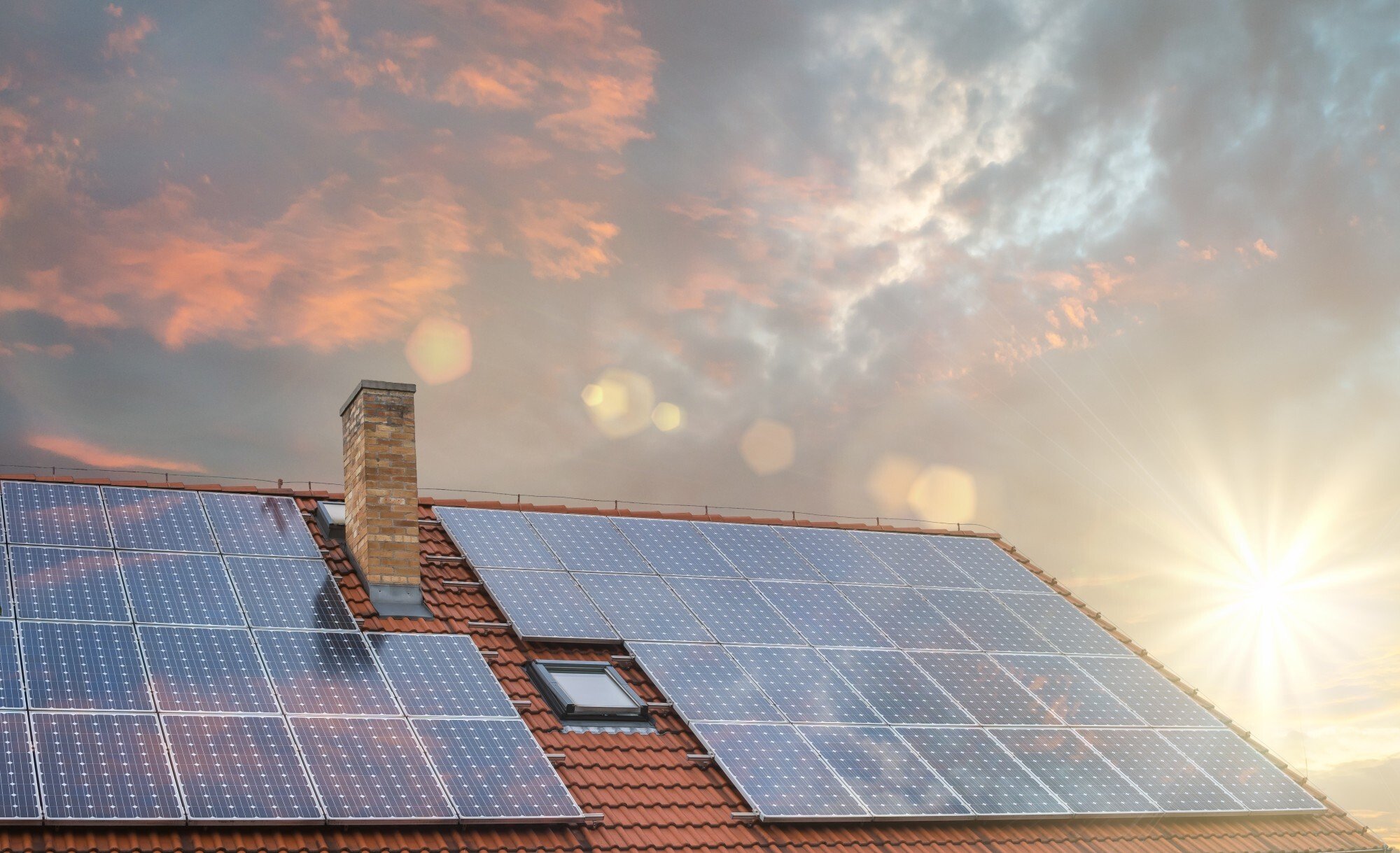Residential Solar Installation - Benefits of Residential Solar Electricity

Typical residential solar installation time is usually between two to four weeks, once a contract has been signed with a solar installation company. There are advantages and disadvantages to both flat roof and mount installations. In a flat roof installation, the residential solar installation consists of the photovoltaic array itself, the hardware needed to mount it to the home's roof, and a ground clearance of approximately one foot for wiring. A typical installation may include installation of the battery pack as well. With a flat roof, optimizing panel position and orientation is easy. However, in an area with higher winds or a hill such as my hometown of Seattle, it is often a good idea to use the services of a contractor just to be on the safe side.
Roof mounted residential solar panel installation involves installation of the photovoltaic array to the roof, securing the mount using nailing or screws, and then positioning the array into the precise location required. This type of installation may take longer due to the need for permits. The upside to this installation method is that it allows for customization to almost all areas of a roof, whereas a flat roof only allows for customized placement on a portion of the roof. Permits are not required for this type of installation, however, you should check with your local government office for any applicable requirements.
The downside to flat roofs is that they are typically more susceptible to damages. Flat roofs can experience dents, cracks, or other types of damages that are caused by heavy weather. These damages can impact the ability of the solar panels to collect and store energy. While the overall cost of this residential solar installation is much higher than that of a roof-mounted installation, the potential long-term damage that could be caused is much greater. If damage is already present, a residential solar installation will need to be planned around the damage.
Roof-mounted residential solar systems are typically installed over existing roofs. They are supported by steel clips that allow them to securely latch onto the roof. Once secured, the panels can be secured to the underside of the clip. These systems can be very easy to install, but may have higher maintenance costs as well. The panels must be cleaned regularly, and in some cases, additional reinforcement may be needed if the roof begins to weaken or develop a hole.
If an individual plans to use their home's electric supply to power their home, they should check to see what the current rate is for electric in your area. This is important because rates vary greatly from area to area. An installation that uses an expensive and exotic alternative energy source may require an individual to pay much higher rates than a residential solar installation that uses readily available, cheaper energy sources. Before agreeing to any residential solar installation plan, an individual should check to make sure they are not paying more than they can for their current electrical service. Click on this link: blueravensolar.com/blog/residential-solar-installation-cost/ to get estimate cost of installing residential solar panels.
Residential solar installations are becoming increasingly more popular. In addition to the savings for the home owner, residential solar installations also have several other benefits. Installing a solar system can reduce a person's dependency on the local electric company and eliminate dependence on the electrical grid. A tax credit may be available to individuals who purchase and use residential solar energy, making the residential solar installation even more economically beneficial. Check out this related post to get more enlightened on the topic: https://en.wikipedia.org/wiki/Solar_panel.
